Identifying Red-winged Blackbirds:


Roughly the same size as robins, breeding male Red-winged Blackbirds are pretty hard to mistake. Average length beak to tail ranges from 7-9 inches with a wingspan of 12-16 inches. True to their name, these stocky, broad-shouldered blackbirds have bold red and yellow shoulder patches on either side (above left image). The females look much different with a streaked brown and tan pattern (above right image). Nonbreeding male Red-winged black birds' pattern looks somewhat like a marriage of the two: paler, often incomplete red shoulder patches with some tan streaking showing through the black (below image).
Red-winged Blackbirds are most often found in marshes, along watercourses, throughout vegetation surrounding water hazards on golf courses, wet roadsides, and also in drier meadows and fields. While females tend to stay lower to the ground and can be harder to see through vegetation, the male Red-winged Blackbirds can be found sitting on any high perch they can find, singing loudly. Think you may be hearing a Red-winged Blackbird? Check here for examples of this bird's loud call.
These birds have a winter range in Mexico and most of the southern United States. In the Northern states and Canada, the first sightings of these birds are anxiously awaited as an early indicator that spring is on its way!
Attracting Red-winged Blackbirds to Your Feeder:
In the fall and winter, Red-winged Blackbirds flock with other blackbirds, grackles, starlings, and cowbirds. During migration, these ravenous flocks can drain feeders in a matter of hours.
Red-winged Blackbirds are most comfortable feeding on the ground, so spreading cracked corn, millet, or even oats in your yard can attract these black beauties. An open-style feeder such as a platform feeder, a large hopper feeder, or a vertical feeder with extended perching tray are good feeder options as they offer ample space for these birds to perch without feeling crowded. Black oil sunflower and hulled sunflower along with seed mixes that include sunflower, corn, peanut hearts, and milo can be used in these feeder styles to attract Red-winged Blackbirds.
Nesting:
Red-winged Blackbirds build their nests among vertical shoots of marsh vegetation or surrounding trees or shrubs. The female will select a nest location typically near the ground in dense, grass-like vegetation. Vegetation like cattails or phragmites in wetland locations, and in uplands vegetation like goldenrod, blackberry, or willow and alder trees. She will construct the nest by winding long thin strings of plan material around several upright stems. Once she completes weaving this platform she will add wet leaves and decayed wood and plaster the entire inside with mud to form a cup shape. Once formed, this cup is then lined with finer dry grasses.
Measuring 4-7 inches across, this nest will house a clutch of 2-4 eggs. Eggs are pale gray-blue in color with black or brown marbling. Eggs will hatch in roughly two weeks and the young will fledge in an additional two weeks.
Have you seen any Red-winged Blackbirds yet this year?

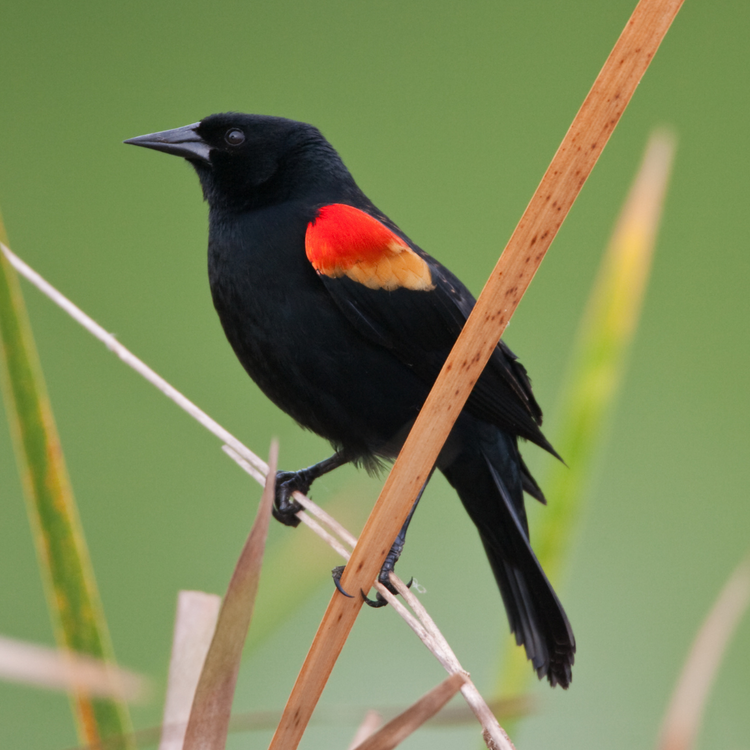


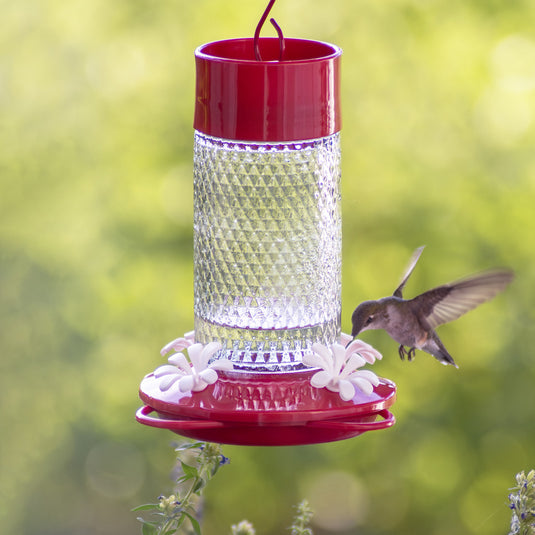
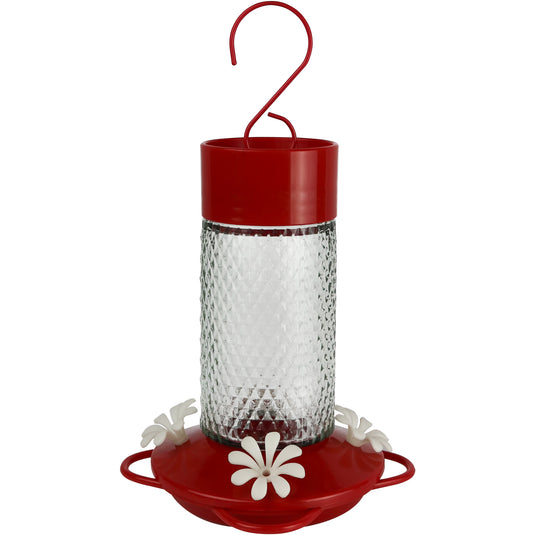
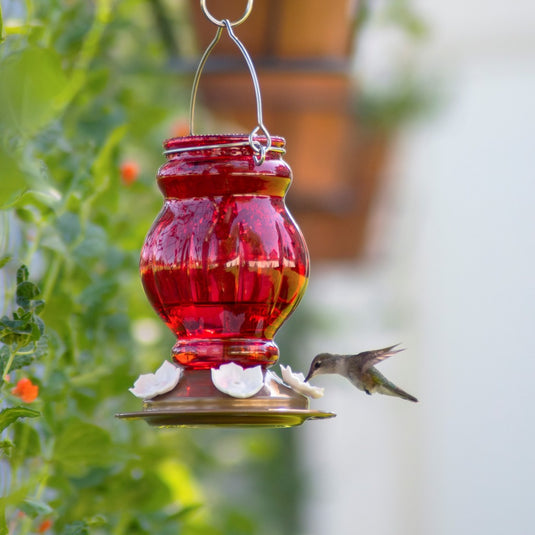
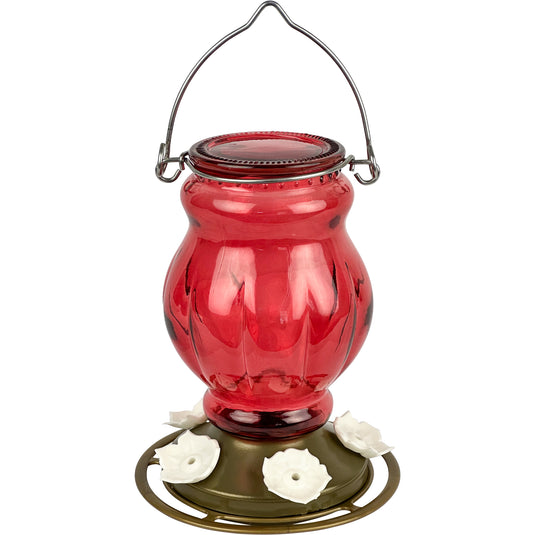
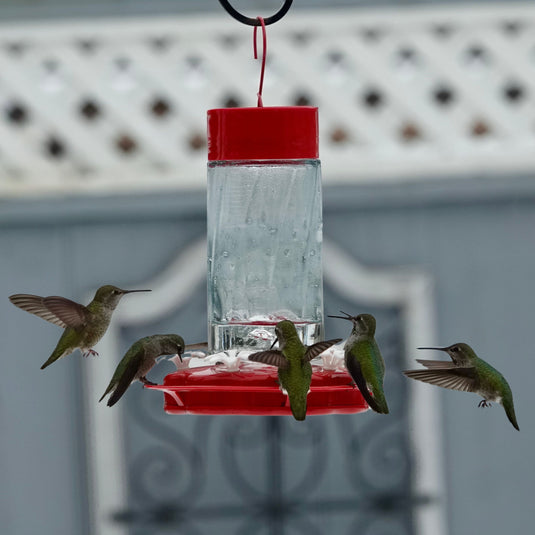
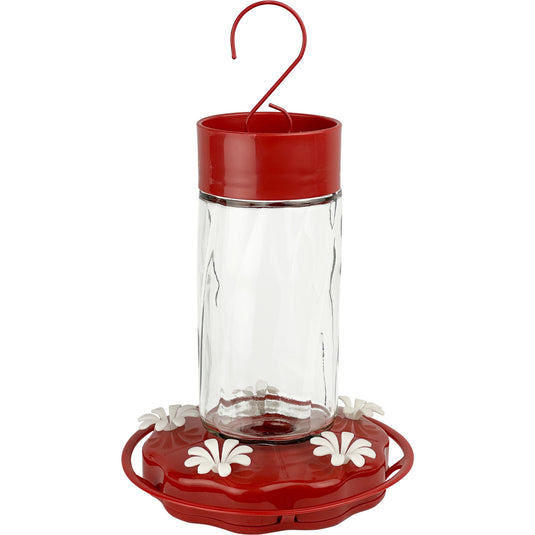
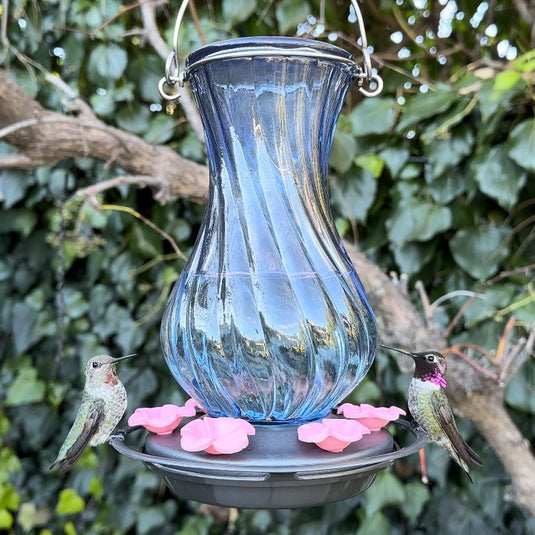
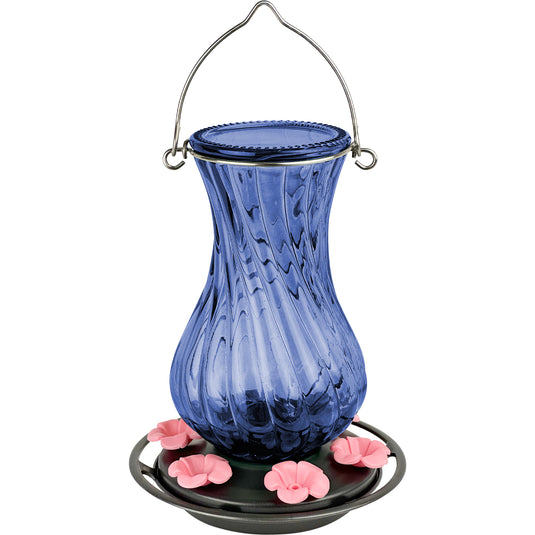
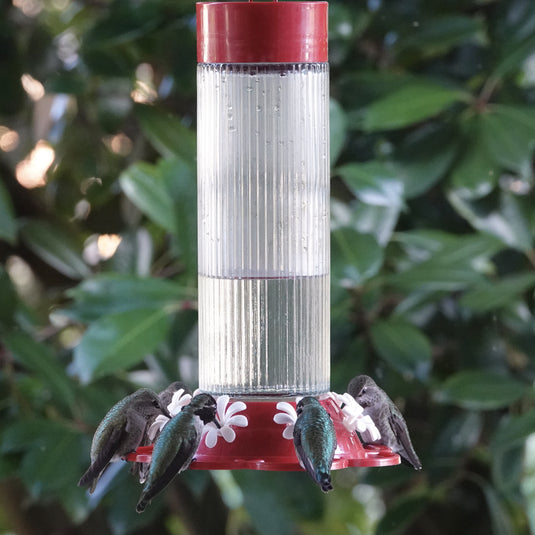
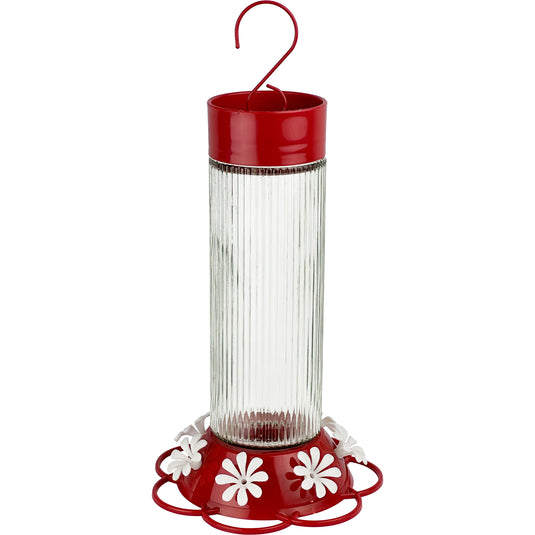
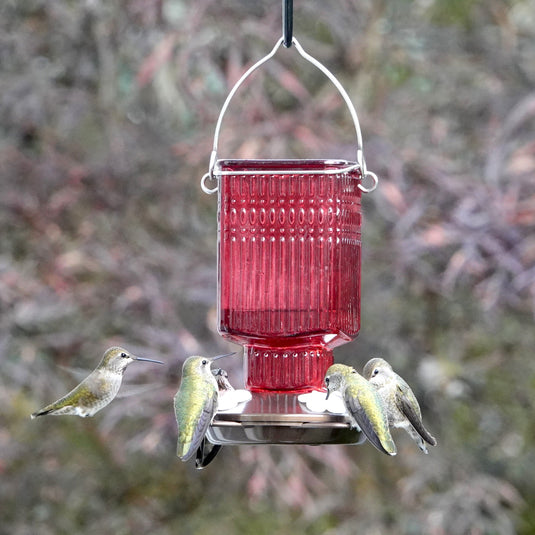
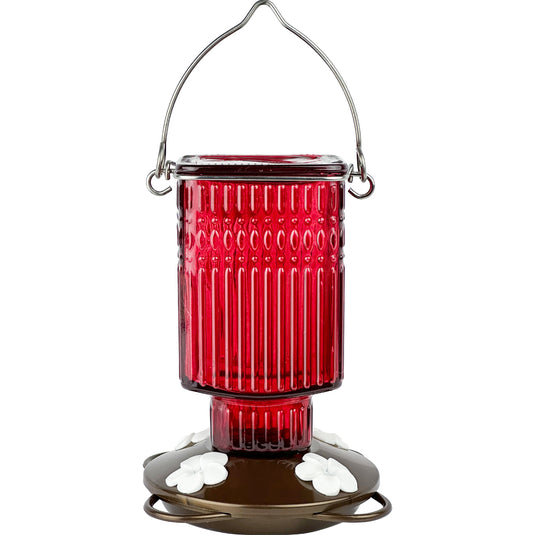
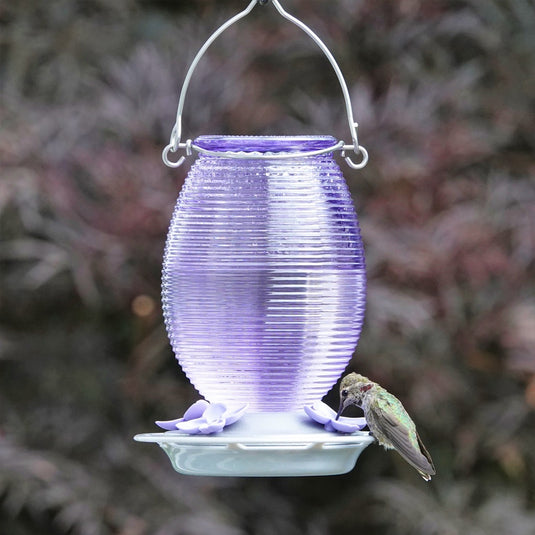
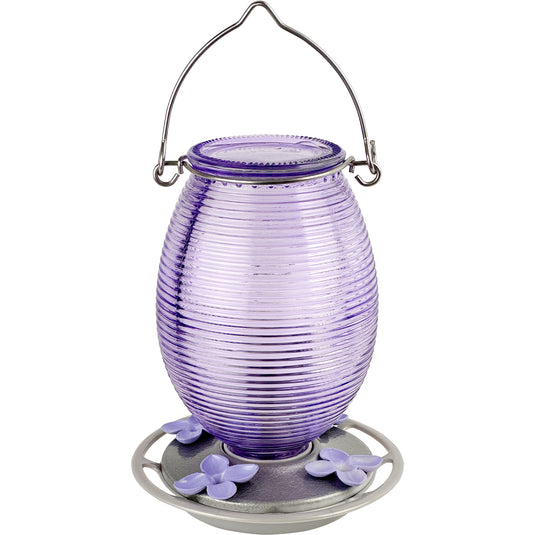
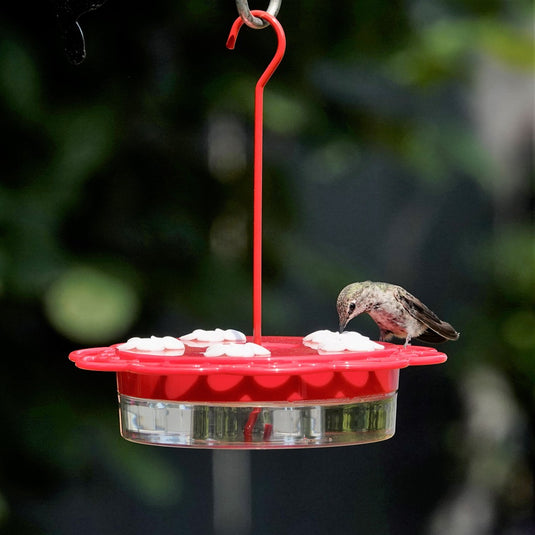
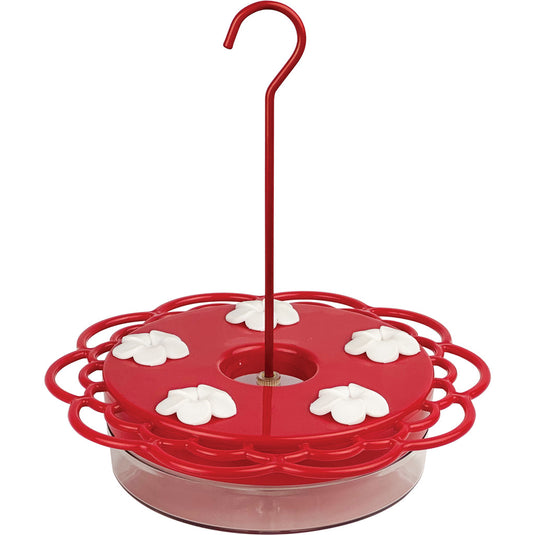
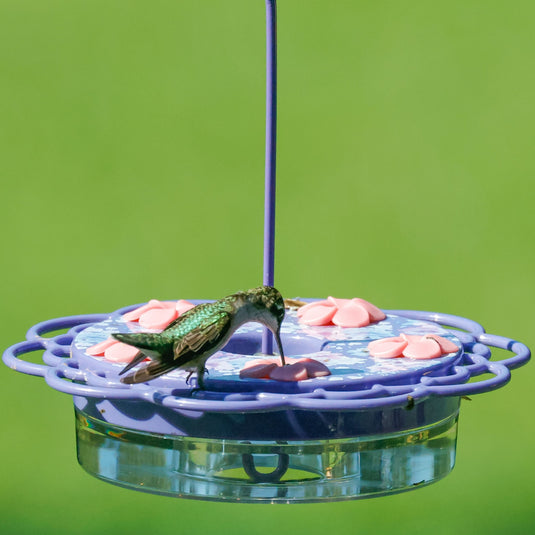
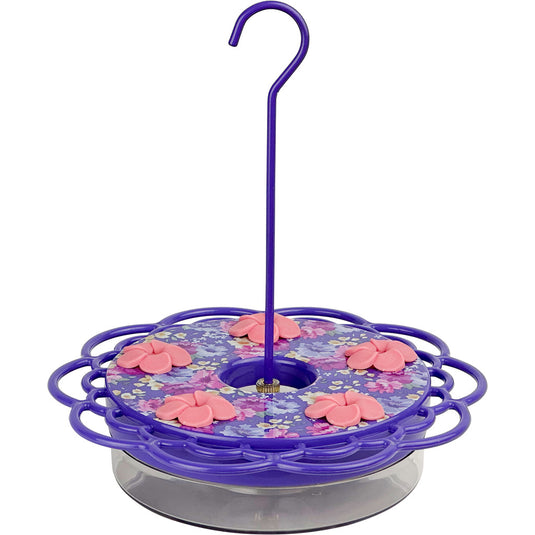
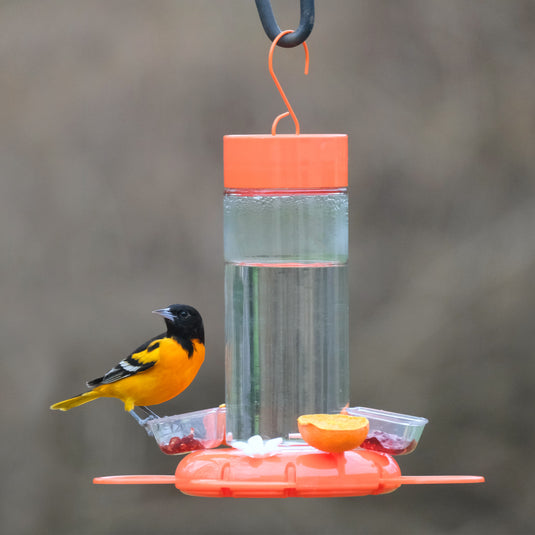
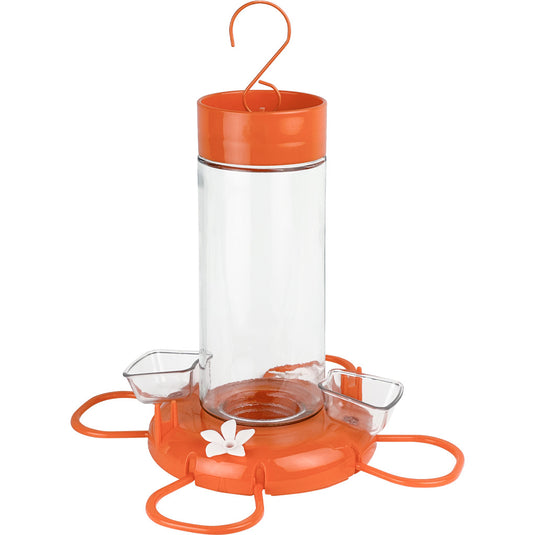
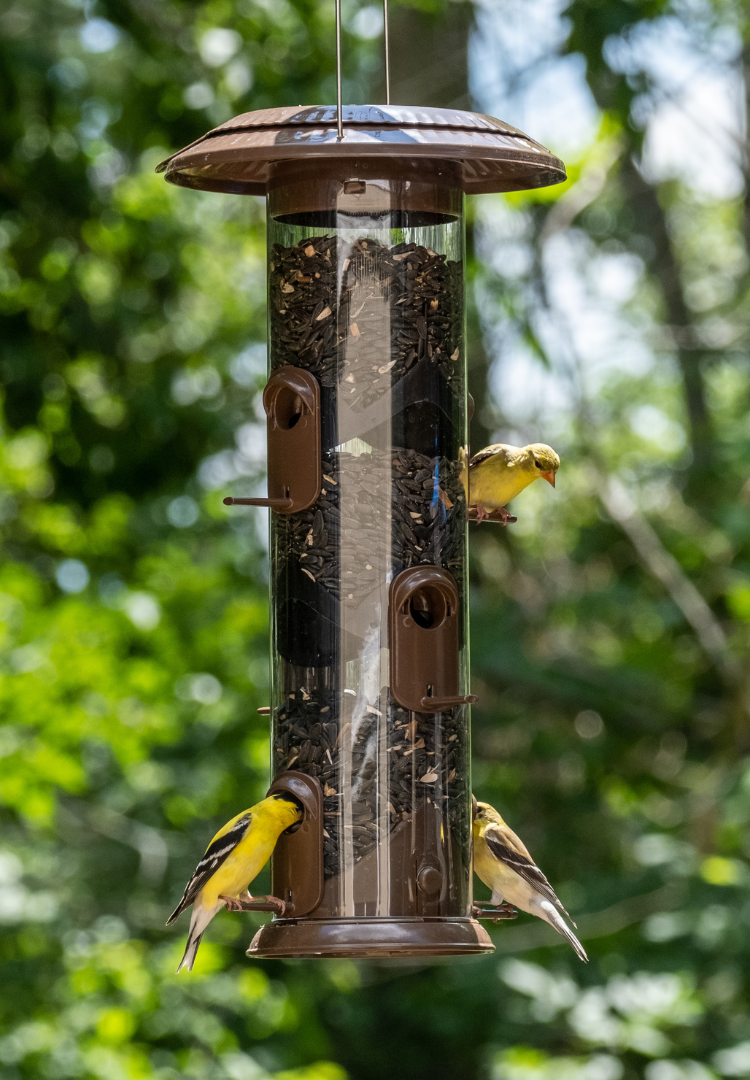
I took my kayak out to a marshy area near my house in Massachusetts and saw one of these high up in a tree, along with maybe 10 females in the reeds nearby. Really amazing looking bird, I gotta watch out though, my friend said he was fishing nearby there last summer and a blackbird started swooping down at him!
Saw one this morning while I was on my way to work in New Jersey. Never seen these bird before. Beautiful bird
Spotted one male near the Pepsi building in rhino, Denver, Colorado. Stunning. And you could hear its little vibrating chirp.
February 21st, 2024. About 6 male red winged black birds spotted on a nearby feeder. Lone Tree, Colorado
February 20, 2024: First Red-winged blackbirds as a herald of spring in Parker Idaho.